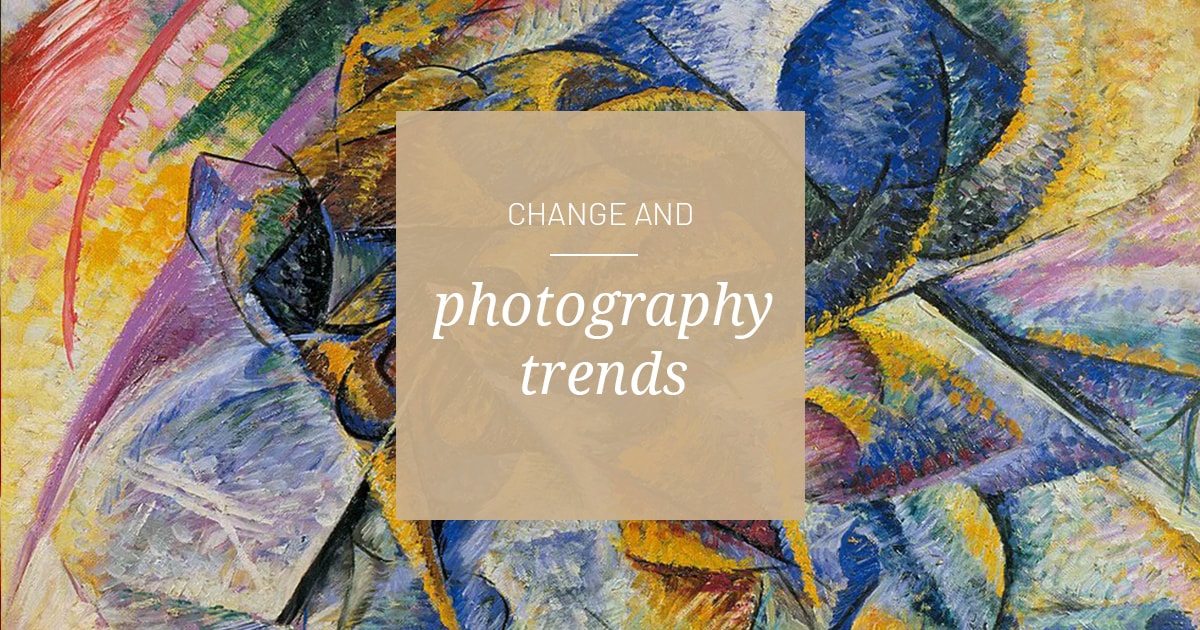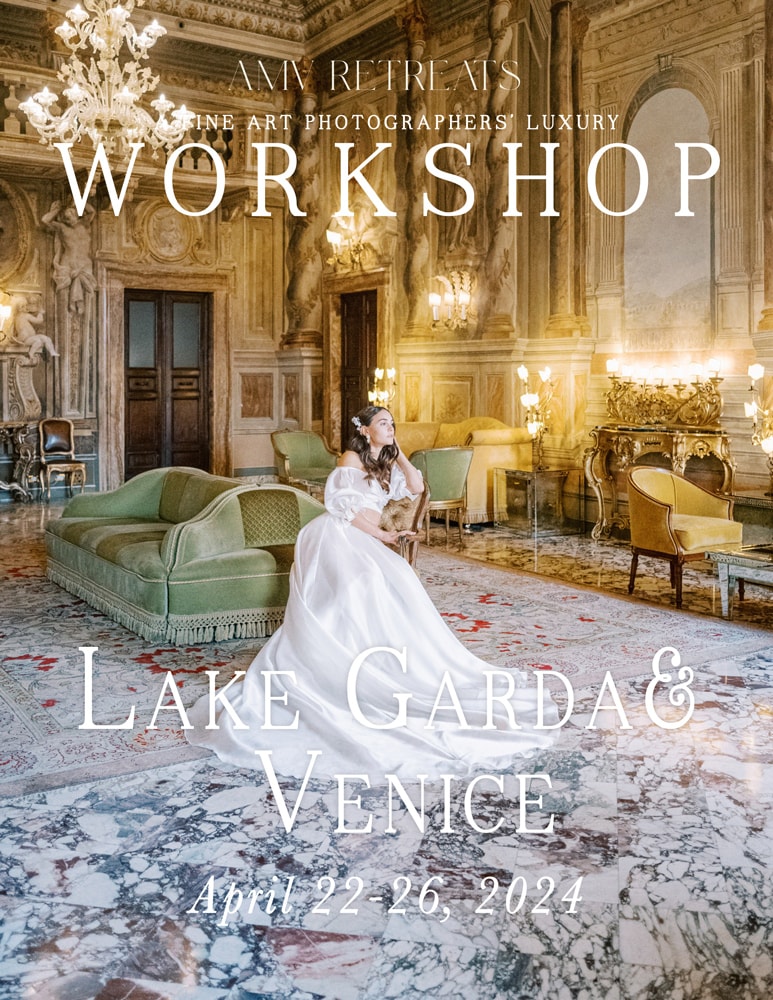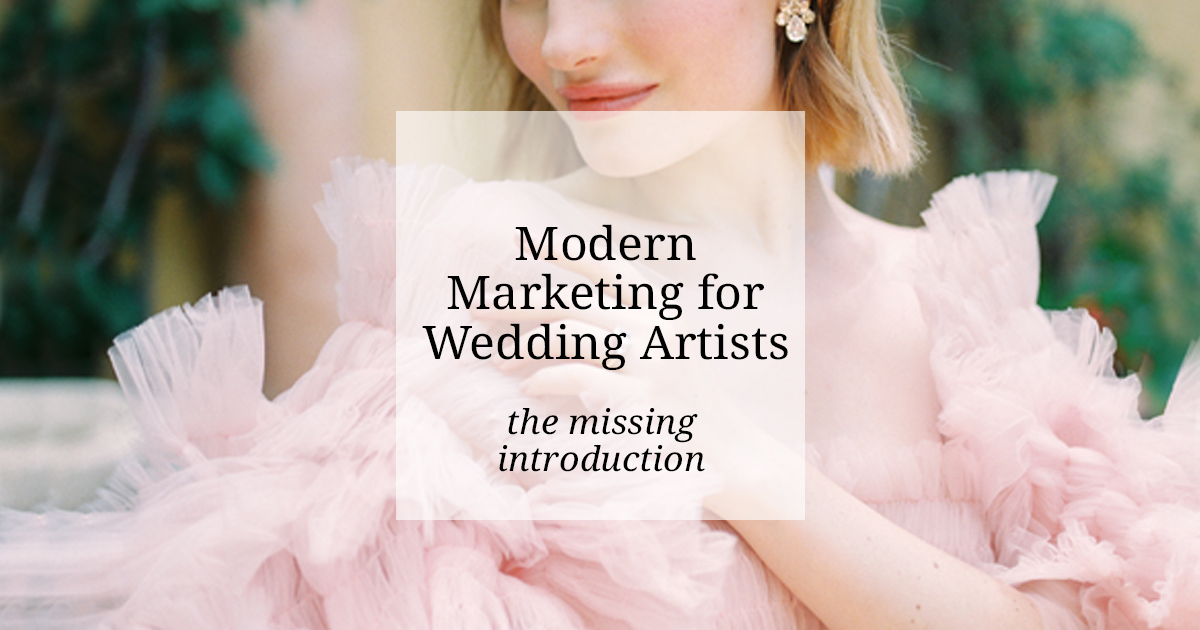A Blog for wedding creatives
Change Makers
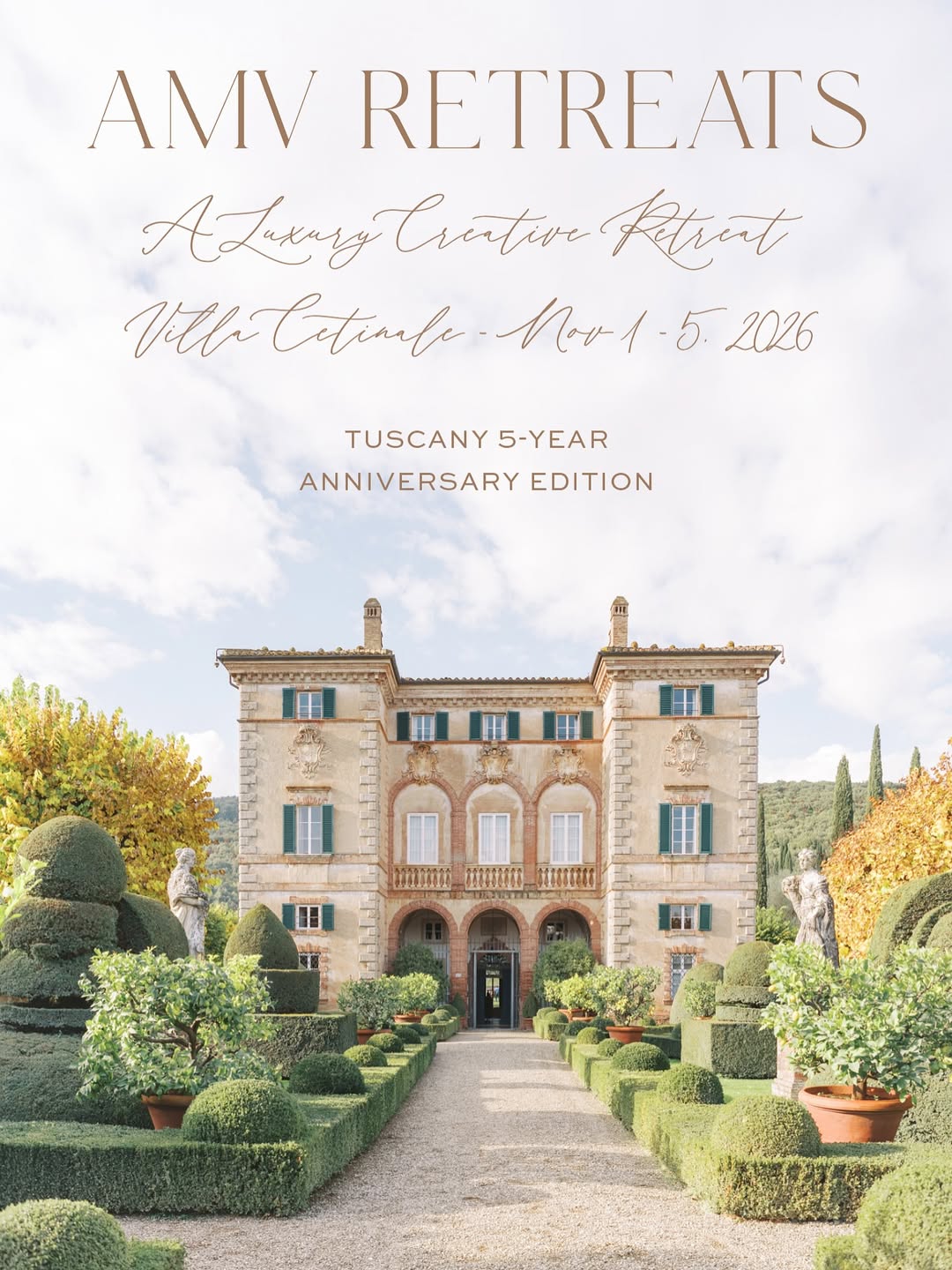
Join us for an exclusive workshop tailored for luxury photographers at the picturesque Cetinale in Tuscany, from November 1-5, 2026.
READ ON
FEATURED

The wedding industry is brimming with potential—there’s so much room to grow, to elevate, and to lead. Here are a few mindset shifts that could transform how we work and what we stand for: 1. “Fake it till you make it” as a tool for courage, not pretence. This phrase isn’t a license to deceive. […]
READ ON
FEATURED
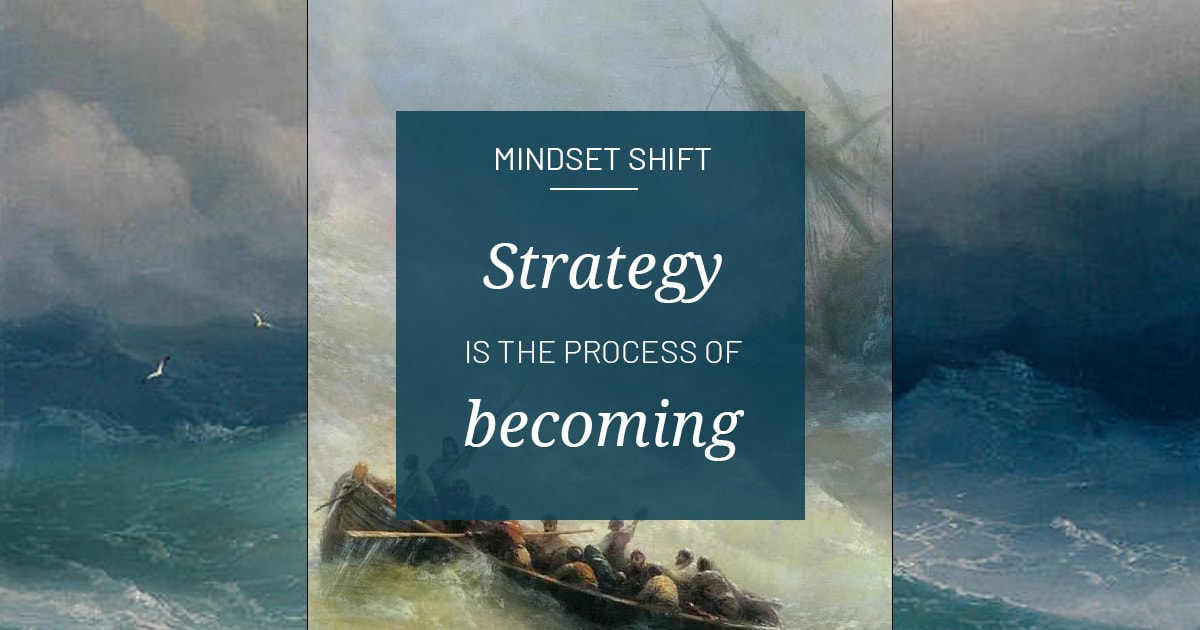
Here are a few thoughts on strategy—jotted down in the middle of a busy train station in Milan. If you have been watching my stories on instagram, then you know that I kayak every sunrise – summer or winter. When I kayak, the sidewinds often have other plans. Fighting them head-on to take the shortest […]
READ ON
FEATURED

In early 2024, I delivered a keynote at a photography workshop in Morocco, a talk that has become one of my favorites, especially in a time when the world needs more wisdom and less frivolity.
READ ON
FEATURED

Here are a few thoughts on strategy—jotted down in the middle of a busy train station in Milan. If you have been watching my stories on instagram, then you know that I kayak every sunrise – summer or winter. When I kayak, the sidewinds often have other plans. Fighting them head-on to take the shortest […]
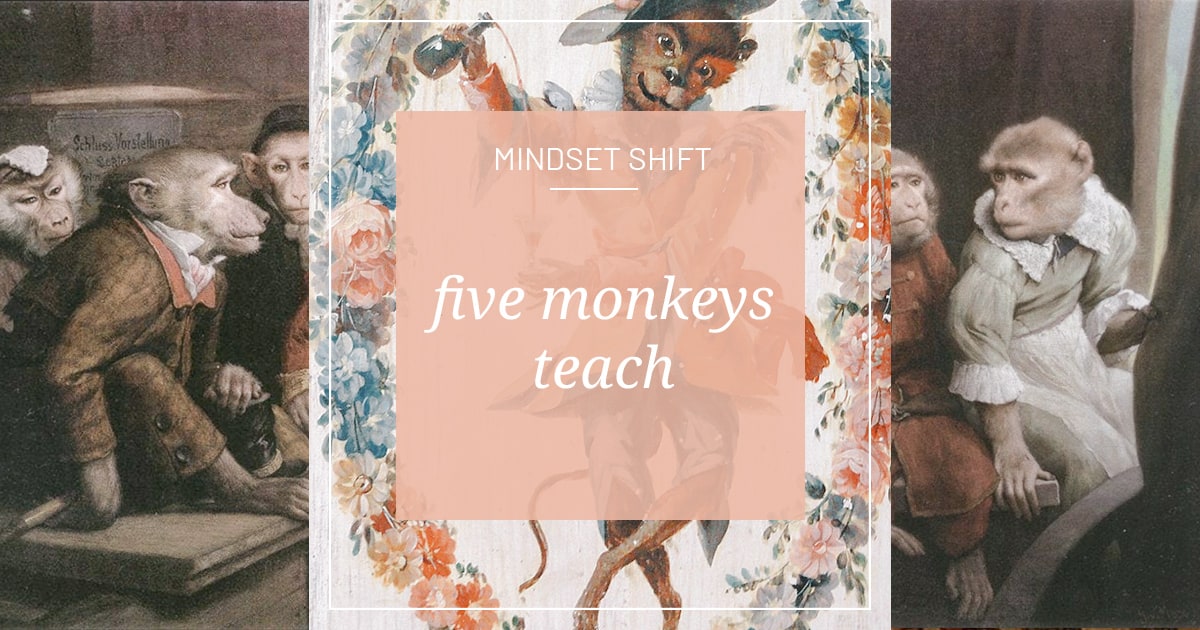
This is not the beginning of a bad dad joke, but a story about Culture. Not the culture, but a culture, and specifically our micro-cuture as wedding photographers. There is a story (more of a thought experiment) about 5 monkeys, a ladder and a banana. And a very powerful waterhose. A monkey climbs up the […]

This incredibly lovely event was a private celebration that deserves to be recognized as a shining example of inventiveness. Over 3000 paper butterflies were made and hung from the ceiling above the eating area and under the glass tables. When an event designer goes above and beyond to create something unique, it’s referred to as “going above and beyond.” Fresh Events did just that!

Sharing two scripts I wrote in order to improve input uptake for forms created on ShowIt. Add these scripts on any page where you have created ShowIt forms (in the Advanced panel, under “Page Loaded Javascript”). The first script below makes certain the user cannot go to a new line when pressing the return/enter key. […]

Fashion is not about luxury. Hermès never uses the word, nor does Porsche. An in-depth analysis of many fashion/luxury brands reveals a paradoxical absence of the word “luxury”. The word “luxury” is connected with scarcity and exclusivity, thus being the privilege of a very specific demographic. But clever fashion/luxury brands do not want to limit […]
Upcoming Workshops

Join us for an exclusive workshop tailored for luxury photographers at the picturesque Cetinale in Tuscany, from November 1-5, 2026.
READ ON →



